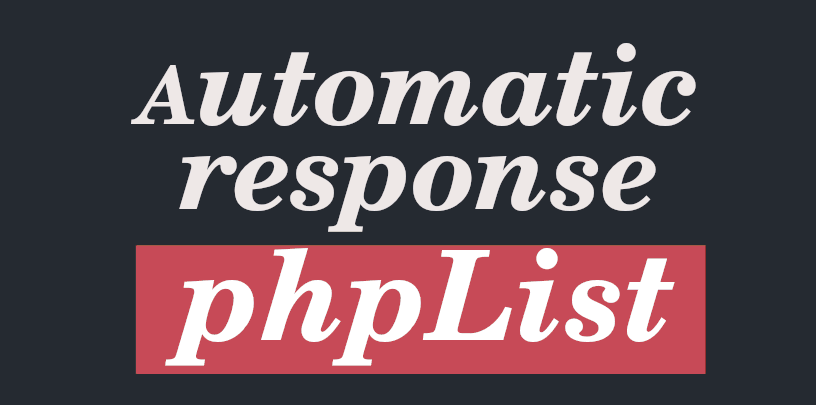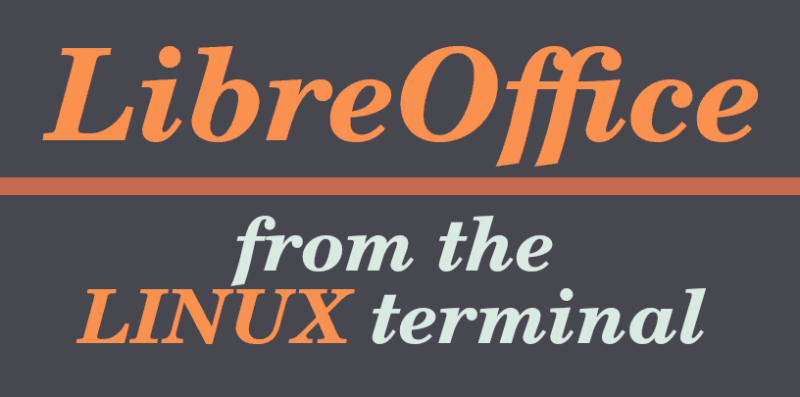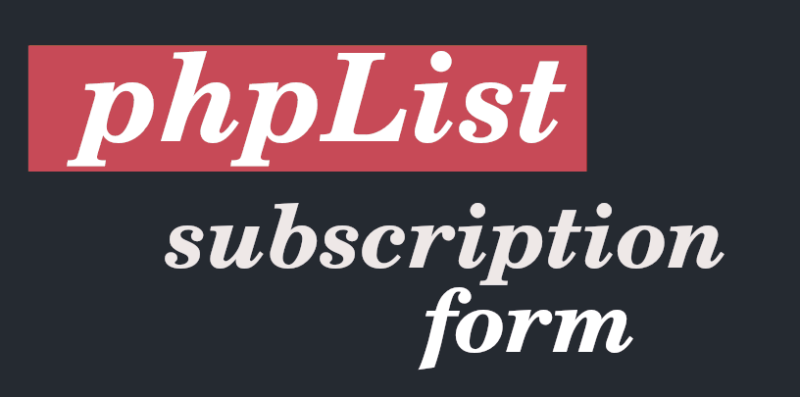The previous time we study how to install phpList on our WordPress blog hosted on a server under our administration. And we discussed step by step how to create a form to request email addresses to our visitors.
Our next step is to learn how to automate phpList to give a unique automatic response to a given action.
What are we interested in doing?
Someone subscribes to our list. A few days later, and automatically, our system auto-replies with a message carrying new information.
Of course, phpList sends an automatic welcome email. But we already do that in the first instance, by confirming to the person that their address is now part of the list.
This is different.
That’s why our new email will go out a few days later. And it’s going to be a one-time mailing, this time we’re not putting together a weekly mailing that’s going to be repeated.
This message is going to be unique, it’s going to go out only once after the subscription is generated and only to the people who sign up for the first time to our list.
With this email they will receive, let’s say, a spectacular promotion or some extra detail to surprise them. As it is a response to a specific action, we can also use the idea to generate different types of messages for specific projects.
How to create an autoresponder in phpList
Step 1: Start the campaign
The first thing to do is to go to the phpList menu, and then go to:
Campaigns > Campaign List > Start a new Campaign.
You will see that, at least in principle, creating a campaign is a screen that is divided into 5 tabs.
I say in principle, because by modifying the program’s configuration code you can obtain new options. For example: you can enable the option to attach files to the mail, something that is disabled by default.
But this is a quick campaign. Let’s call it “Campaign example step 1”, to retain the spirit of our theme.
In “Content” you create the email. Or said in the lexicon of phpList, is where you write the message. There are many ways to put it together, adding images and all that. As our example is simple, we are going to keep it as text only.
You will notice that, at the bottom of the page, it gives you an option to send a test email.
If you send it, you will receive the same email in two formats: pure text and html. It’s not a mistake, and it’s not something that will happen during the formal sending to the subscriber list. It goes in both formats so you can choose which version of the text you like best.
You’ll see a bit more about that on the Format tab. And if you save what you’re doing, you can take a look at the templates you’re going to use in the Manage Campaign Templates menu.
But to close this step, make sure that you go to the “Lists tab” and associate this campaign with the list you are going to send the emails to.
As in our case we want to send the email to people who have just subscribed, associate the new campaign with the list that collects the email addresses the public leaves on your blog.
Save the campaign for now, and let’s move on to the next step.
Step 2: install the Autoresponder plugin
Now we are going to add a new functionality to phplist by means of a plugin. This is what will open the door to automation.
For this we go to:
Config > manage plugins
From there we look for a plugin called Autoresponder and install it.
Autoresponder is used to send emails after a period of time since the person subscribed to the list.
Step 3: Configure Autoresponder
If we now go back to the campaigns menu, we will see that a new submenu called “Manage Autoresponders” has been created.
Autorespoder is quite simple. Basically it asks us to choose a campaign to send emails to, and for that we are going to use the one we created in the example of step 1. This is “Campaign example 1”.
Then it asks us how much time has to pass after the subscription is effective for the email to go out. Let’s wait a few days, let’s say two days.
When you send the email, autoresponder can pass the data to a new list. It can be useful, if we are planning to create a new set of emails that we know for sure already received this specific message.
The last option, somewhat obvious but very valuable, is to remember to check the box that says Only send to new users.
If we don’t check it, the plugin will keep sending the email over and over again based on the two-day cronjob we gave it. Since we don’t want anyone to unsubscribe after receiving too many emails, we will uncheck this option.
Step 4: Activate the campaign
We are almost done. Go back to the campaign, in the Send to a campaign menu.
Look at the Schedule tab and give the campaign a start date and a close date. Our idea is that after the closing date, the autoresponder plugin will stop sending emails. Let’s say that our campaign will last one year, starting today.
Click on the end tab and activate the campaign.
Step 5: Associate the campaign with Autoresponder
Go back to the Manage autoresponders menu. Activate the autoresponder associated with the campaign, the one you started before.
Step 6: Enjoy the fruits of automation
That’s it, now every time someone subscribe to our site for the first time, they will receive a new promotion after exactly two days.
Conclusion
Preparing our system in this manner is a great way to plan for email marketing.
I’m sure there are automations options using phpList with more elaborate results, for example sending an email in case of a purchase or a donation, but it all depends on the type of websites you are using.
With some practice we will be able to cover different types of email marketing.
Any tips, criticisms, greetings or suggestions, we can always continue the conversation inside the comments.






